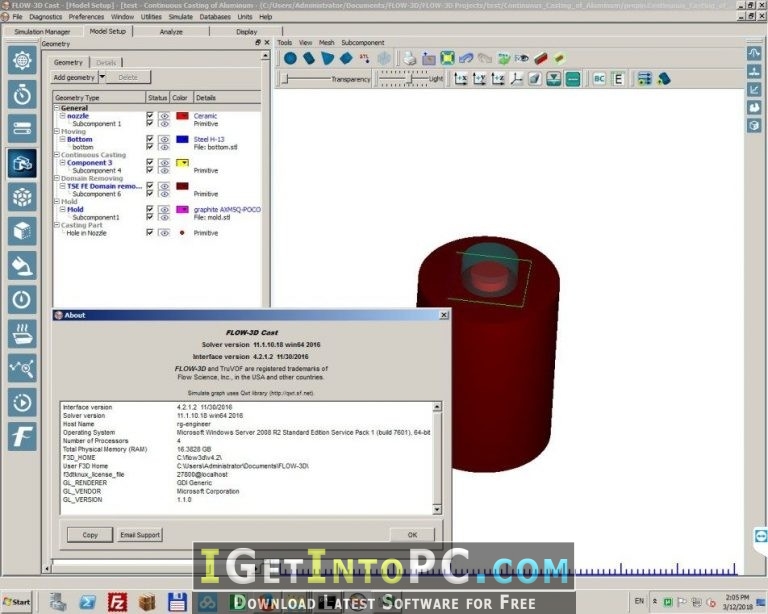
Groff The *roff family of typesetters pre-date TeX and influenced itsĭesign. Same time as LaTeX2e in the early 1990’s. Lout has never had the userīase of LaTeX, but is still maintained and was released around the High-level functional programming language, instead of a macro Lout copies some of its formatting algorithms from TeX but uses a Reads a high-level description of a document similar in style to LaTeX Lout is a batch document formatter invented by Jeffrey H. In which TeX is less successful, for example more image-rich Speedata Publisher is particularly well-suited to some areas TeX-based wrapper, but once that has handed over to Lua, TeX is not Speedata Publisher is like SILE written in Lua, but uses LuaTeX (not

Is a valid SILE document (notice the lack of a preamble here). Platypus commands look like [list|bullet: The Z format looks like HTML, but is not. Here is a list of not so widely known typesetting systems that I found googling around, mostly work-in-progress (or work-used-to-be-in-progress):Ĭl-typesetting is written in Common Lisp, which implies that its markup language is also Common Lisp. It used to require a TeX distribution but now it does not. GNU TeXMacs is a WYSIWYG scientific structured document editor and typesetter. On the comparison, Roel indicated with red dots lines with inter-word spacing that is out of proportion, a cardinal sin for typography, while the red circles indicate hyphens, which should be minimized: The best showcase of this I have found is a comparison posted by Roel Zinkstok of Zink Typography, reproduced below. to produce an output that is more elegant. Tex's algorithm is very complex and takes into account possible hyphens, widows, orphans, etc. There are probably even better examples, but try obtaining something like the following in InDesign:

Typesetting maths correctly is very complex (symbols need to adjust in size, spaces are very specific, etc.), and only TeX gets it right. Arbortext Advanced Print Publisher (formerly 3B2), PTC Arbortext S1000D. Amongst many, let me just point the two most obvious quality advantages of TeX: Math typesetting environment, use the Framew ork Manager to define and publish metadata. Other DTP programs such as Indesign (Adobe), QuarkXPress (Quark) or Scribus (open source) offer a graphical interface and hence an easier learning curve, but they don't match up in terms of quality. LaTeX, ConTeXt) when it comes to output quality. I truly believe nothing comes close to TeX (and Friends, e.g.


 0 kommentar(er)
0 kommentar(er)
